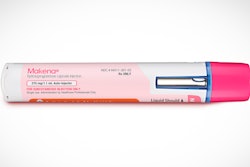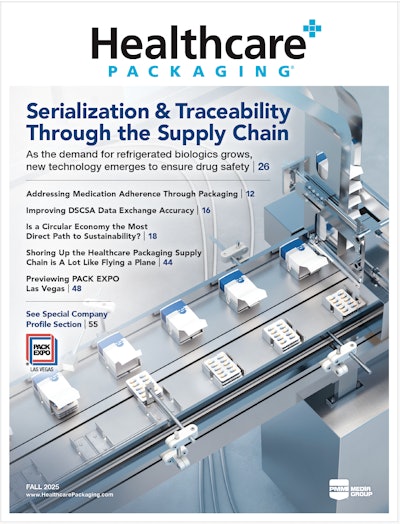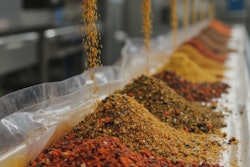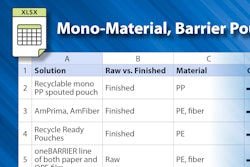
Depositphotos
According to a recent New Atlas article, researchers from the University of Toronto have developed a new hybrid robot capable of identifying and capturing individual cells. The robot is composed of two main parts: a magnetic screw-shaped end and a squishy elastomer micro-body. The magnetic end can move the robot towards a specific cell, while the squishy body ensures the robot remains in contact with the cell.





















